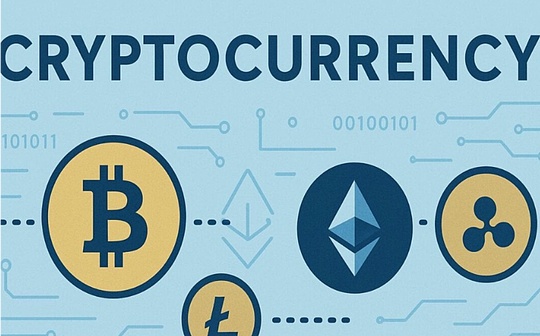
Author: Li Xiaoyin, Wall Street News
The United States and Europe have significant differences on the details of key trade agreements, and the issue of medical tariffs has become the main obstacle to negotiations between the two sides.
According to Xinhua News Agency, US President Trump and European Commission President von der Leyen jointly announced on the 27th at the Turnbery Golf Course in South Ayreshire, Scotland, UK that the United States and Europe have reached a new trade agreement.After an informal meeting with von der Leyen, Trump revealed some details of the new agreement, including the United States’ tariffs on EU products imported to the United States of America, the EU’s investment of $600 billion and the purchase of US energy worth $750 billion.
According to media reports, although the United States and Europe have reached a preliminary consensus on the 15% tariff rate, their statements in the fields of medicine, steel and aluminum are inconsistent.
After Sunday’s talks, Trump said the agreement did not include pharmaceutical products, suggesting that this area could face higher tariffs, while von der Leyen explicitly stated that “the EU agreed to apply 15% tariffs for pharmaceutical products.”Senior U.S. officials later clarified that the two sides did reach a 15% tariff level consensus on EU pharmaceutical exports, but the United States will still launch a so-called 232 investigation into the pharmaceutical field in the next three weeks.
On the issue of steel and aluminum tariffs, Trump insisted that the 50% tax rate “stayed the same”, while von der Leyen said that “tariffs will be cut and a quota system will be introduced.”U.S. officials later confirmed to the media that the agreement does not cover the EU’s steel and aluminum exports, and these products will continue to be subject to a 50% tariff.
The protocol framework lacks specific details
After the agreement was reached, von der Leyen said the agreement provided certainty and stability for companies on both sides of the Atlantic.But compared with a trade agreement that usually takes years of negotiation and thousands of pages of text, the preliminary agreement reached by the United States and Europe seems too brief.
According to assessment by Carsten Nickel, associate director of Teneo research:
“The focus will now turn to the risk at the interpretation and implementation level, which involves a mix of political and technical issues. Given the nature of the agreement, significant uncertainty may persist.”
The United States has launched an investigation to assess whether imports of certain products such as aerospace and semiconductors pose a threat to national security, which could lead to additional tariffs on certain industries.According to media citing senior U.S. officials, aerospace tariffs will remain at 0%, but the results of the 232 investigation still need to be waited for.






